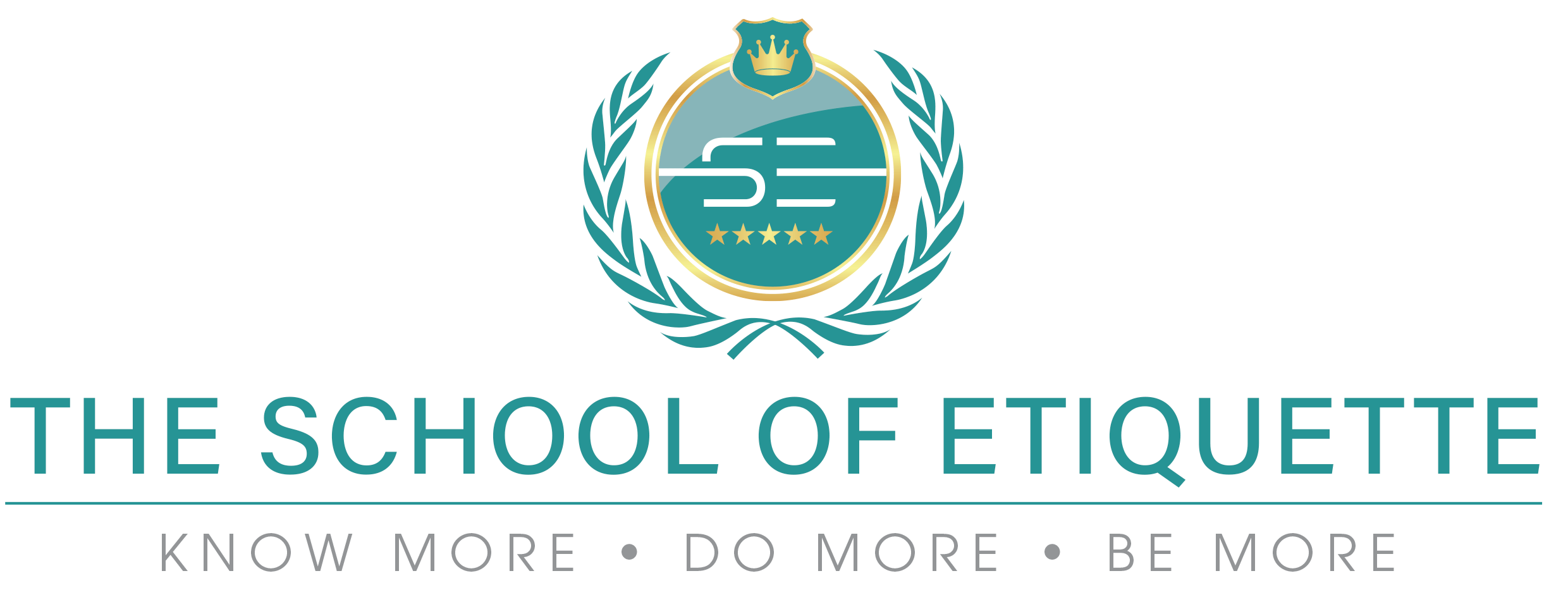
Which knife? Which fork?
Anyone who’s been at a fine dining business meal knows that it can be extremely stressful, not only are you trying to negotiate a deal or strengthen a relationship but you’re also having to navigate yourself around an indecipherable map of cutlery and crockery.
So how does one really know which cutlery to use? Now this may seem like a petty topic of discussion when you’re up against politics, religion or any other serious topic of conversation. However I do believe this quote may shift your thoughts.
Eating is not an executive skill… but it is especially hard to imagine why anyone negotiating a rise to the top would consider it possible to skip mastering these very simple requirements… what else did they skip? – Fortune 500 CEO
So although the world may not crumble due to your lack of dining know-how, your very own world may fall off the plate unbeknownst to your untrained eye and dining skills.
You may very well be sharing the same glass as the client’s CEO seated next to you or pulling off a piece from the same bread. So how does one understand whose is who and what goes where?
First way to know which side plate and glass belongs to you, remember the little acronym, BMW. ‘B’ stands for bread, ‘M’ for meal and ‘W’ for water. This way we can remember that the bread plate is to our left and the wine glasses are to our right.
With regards to our cutlery navigation now, one of my favorite movies, Pretty Woman, first taught me, when in doubt work from the outside in.
Essentially your place setting is a map to what foods you can expect to eat. The cutlery can indicate how many courses you will be having and what you may be eating, then you generally work your way from the outside in.
If you refer to the picture below, this setting is for a six course meal.
The little fork on the very right hand side is the cocktail fork, this would usually be on the table if you were having a little seafood dish to start.
That fork along with the completed dish would be cleared, leaving the soup spoon next in line. Once you have finished your soup, spooning the liquid away from you of course, the waiter will then clear the course.
You then have three knives and forks. It may seem a little overwhelming at this point however it’s quite possible to remain calm and follow the map (cutlery setup) that’s laid out in front of you.
Your next course may be a fish course and you will notice this by the shape of the knife. You will only use this cutlery if you are eating fish, if you are not, the restaurant will usually clear the cutlery away or alternatively not even have the fish knife and fork on the table.
The next knife and fork, the biggest set, is reserved for your main course which may be meat or chicken. You will always recognize this set as they are the biggest amongst the rest.
In the picture below, you see a slightly smaller knife and fork after the main meal, this is for the salad course. In some restaurants they choose to serve the salad at the end whereas others prefer to serve the salad course before. Don’t get confused though, the salad knife and fork will always be smaller than the main course.
And finally you will have your dessert using the spoon and fork above your plated area. Before dessert is served, waiters will usually move the spoon down to your right hand side and the fork to the left hand side of your place setting. You will use your spoon as you would a knife, using it to break any pastries and using your fork to stabilize any food on your plate. Convey the food to your mouth using your spoon.
With this all understood, I wish you the best of luck. May you be a fabulous orator, entertainer or negotiator whilst handling yourself like a pro at the next business meal.



